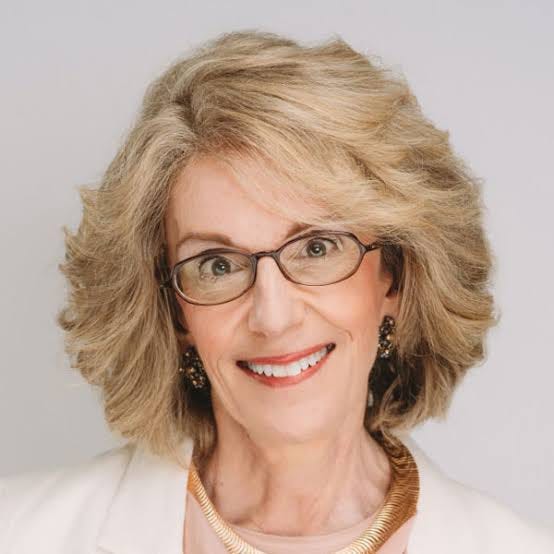My Interview with Dr. Miriam Grossman, MD
"Are we male or female—what could be more core to identity? Yet we are telling young people it is normal to question that established fact, over and over again."
Recently, renowned child psychiatrist Dr. Miriam Grossman, one of the stars of the Daily Wire documentary “What is a Woman?,” was kind enough to join me for an interview about her new book, Lost in Trans Nation. The interview can be read in full over at the Public Discourse; below is an excerpt.
DG: Dr. Grossman, thank you so much for speaking with me. Your appearance in the 2022 documentary “What Is a Woman?,” by Daily Wire commentator Matt Walsh, was striking, as is your new book. What drove you to write this book at this moment?
MG: I was alarmed as a child psychiatrist. We want people, especially young people, to have a stable sense of identity. When you don’t have a stable identity, it’s a handicap. Part of the role of the psychiatrist is to help people develop and sustain that stability, which can be challenged in so many ways.
So in fact, we have this phrase or this term of art: identity crisis. It’s a cliché that men who hit forty or whatever experience a mid-life crisis, and go out and kind of lose themselves. But what is happening there? They are trying to answer questions: Who am I? Where do I fit in? Where am I going in life? But we call that a crisis. It is in its own way a real problem, a legitimate challenge to a stable identity, sometimes with humorous consequences, sometimes with devastating consequences to home life. This concept—that stable identity is a crucial springboard for success—is foundational in both child and adult development.
Yet here we are, my own profession of psychiatry and psychology, endorsing a bizarre belief system that punctures something at the core of our humanity. Are we male or female—what could be more core to identity? Yet we are telling young people it is normal to question that established fact, over and over again.
DG: Creating identity crises.
MG: Yes. And so I delved into it. I wanted to understand why this was being championed by my profession. And I discovered someone by the name of John Money.
Money was a distinguished psychologist and researcher at Johns Hopkins in the fifties. His area of expertise was what was then called hermaphroditism, now called intersex. He was fascinated by these individuals born with ambiguous genitalia. This was at the time before ultrasounds, so we really did discover at birth whether babies were boys or girls. In certain, extremely rare cases, it was not clear from the genitalia whether the baby was a boy or a girl.
Now, these cases represented perhaps 0.02 percent of births, and there’s a vast array of medical conditions and chromosomal conditions that can cause ambiguous genitalia. But again, they are extremely rare. Now, John Money was extremely interested in those kids, and especially in the process of deciding if they would be raised as males or females. His Ph.D. thesis at Harvard focused on that question.
Now, he goes to Johns Hopkins, he opens up a clinic, and he really becomes the worldwide expert on this question. And he came up with a theory, one of the “dangerous ideas” I list in the book. Money was the first purveyor of the dangerous ideas that have led us to where we are now.
Read more at Public Discourse.


